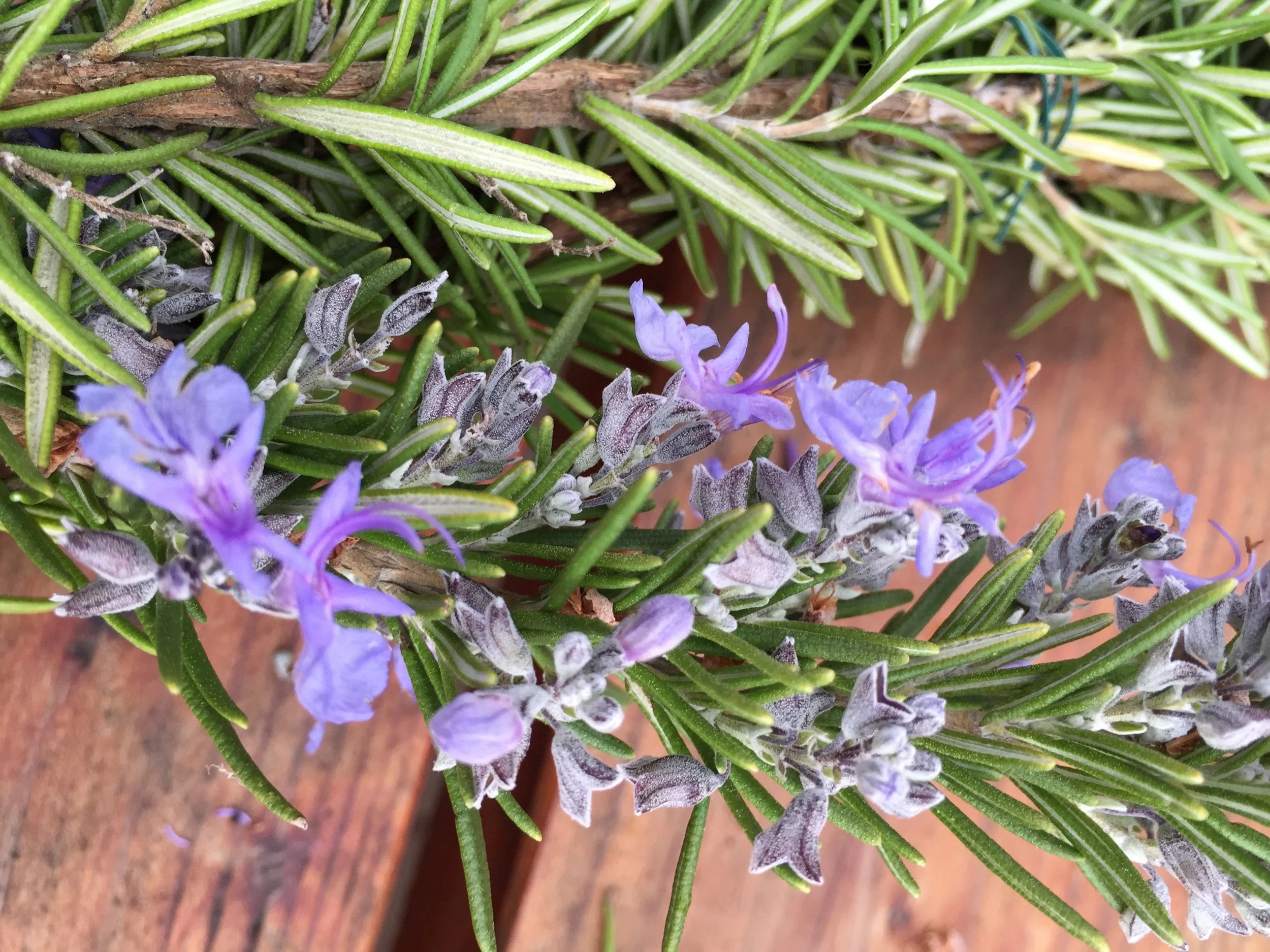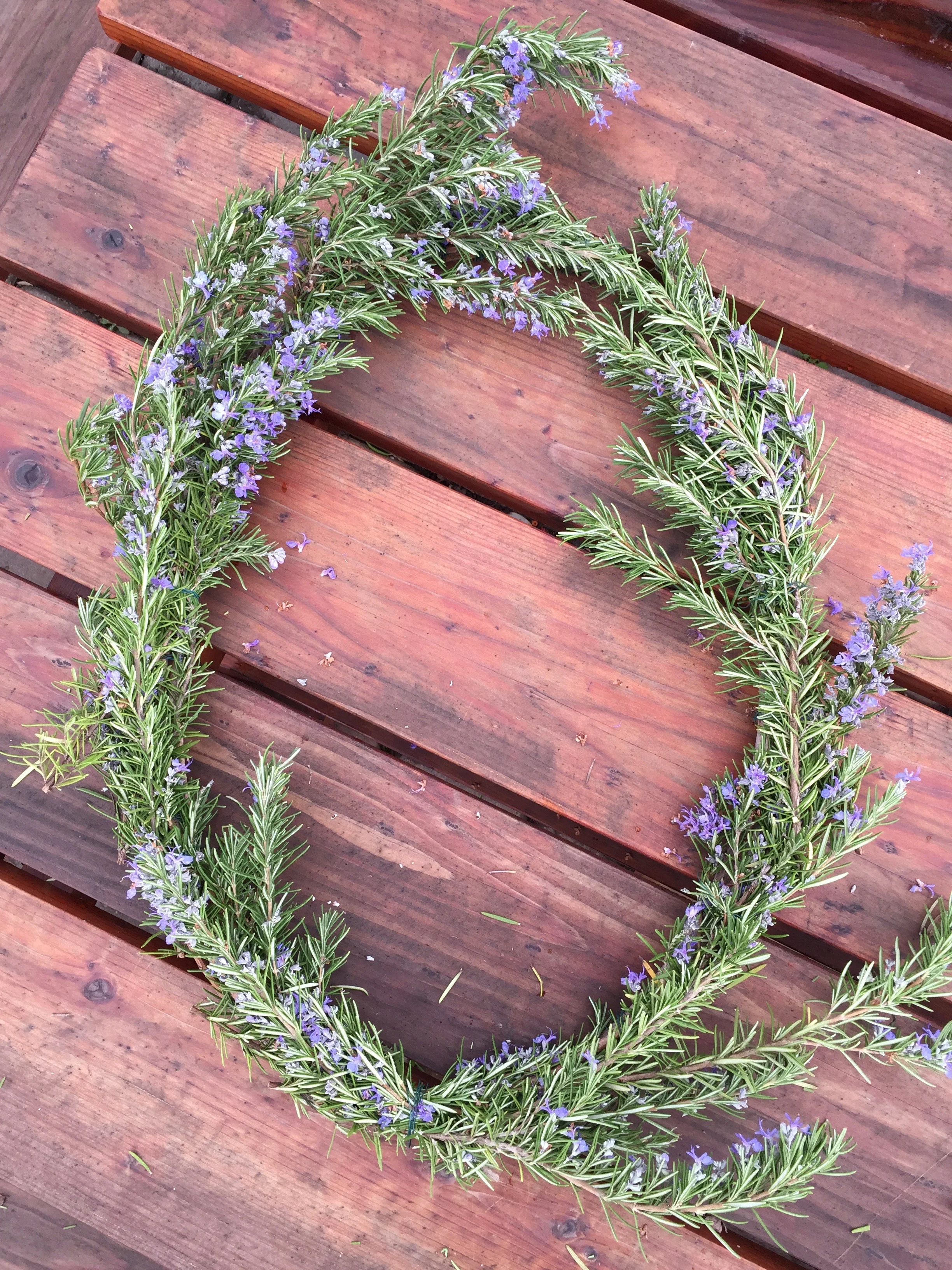As I walked around my garden today, assessing and planning, I felt it. Flowers are unfurling, birds are mating, the air has a smell that means spring is on the way.
our peach tree - unknown variety
Fruit trees are in full riotous bloom.
braising greens - different kinds of chard, beet greens, kale
Spinach (Regiment) and Carrots (Cosmic Purple)
The winter greens are growing fast now.
Trillium chloropetalum
Ranunculus californicus
Abutilon hybridum 'Red Princess'
Helleborus orientalis 'Pretty Ellen Purple'
I believe this is Geranium pratense 'Mrs. Kendall Clark"
The woodland garden is brightening up.
Sidalica malviflora Checkerbloom
Solanium xanti Purple Nightshade
Felicia echinata
Teucrium fruticans Shrubby Germander
And the sunny spots are looking distinctly purple these days!
While eating lunch at the outdoor farm table, I watched the Pygmy Nuthatches chasing each other around in the wheat - I wonder if they are mating, or eating the seeds! I desperately want start planting and satisfied myself with getting 50 sunflowers in the ground - the varieties Sun Samba, Cinnamon Sun, and Chocolate Cherry. We'll see how they affect nearby plants. I also seeded the tomatoes inside under lights- only 32 varieties this year, some old favorites and some new ones - and potted up this year's peppers for the greenhouse.
Solstice is this weekend - WAIT - no it's not - wow I really AM feeling springy - just the time change happening this weekend. Well, anyway, what's doing in your garden?
























